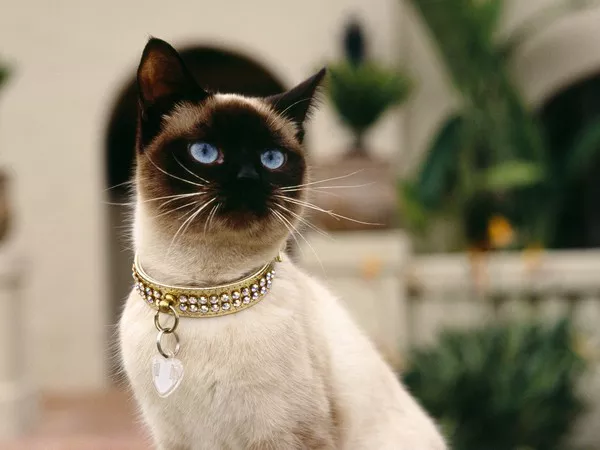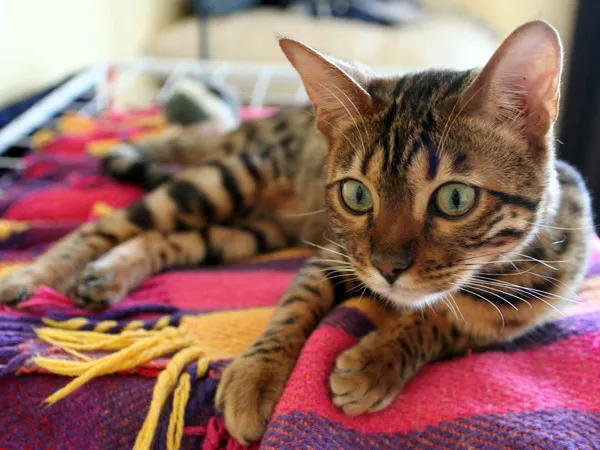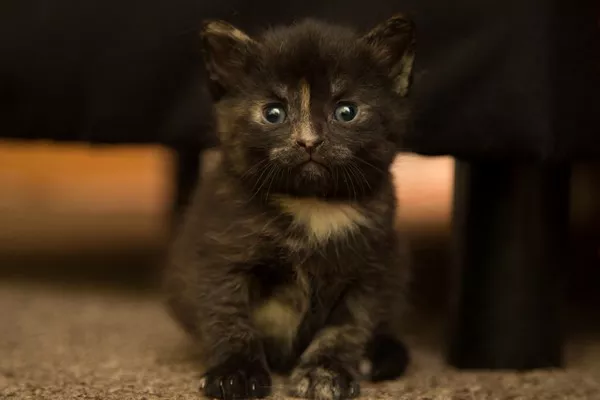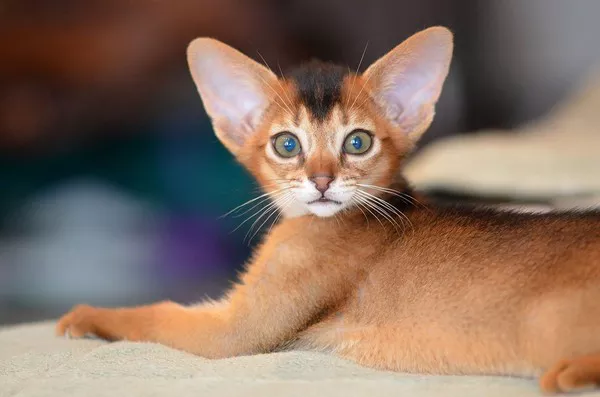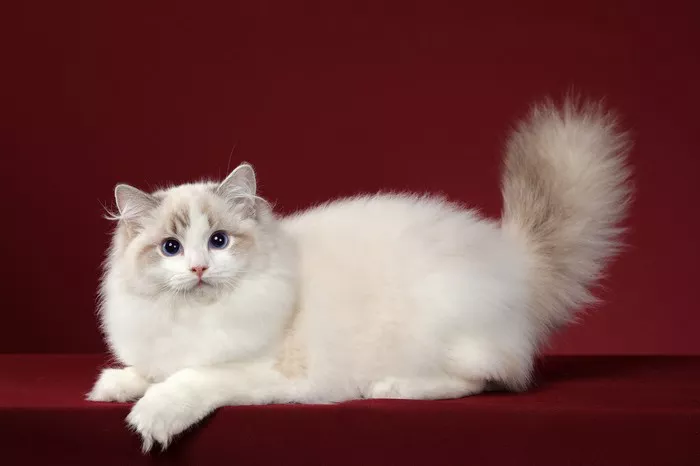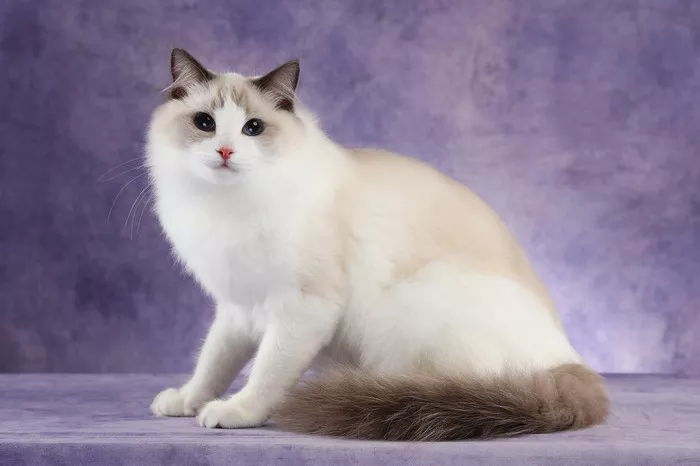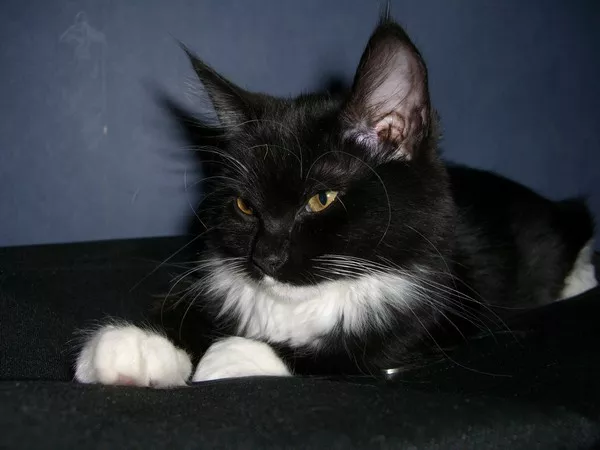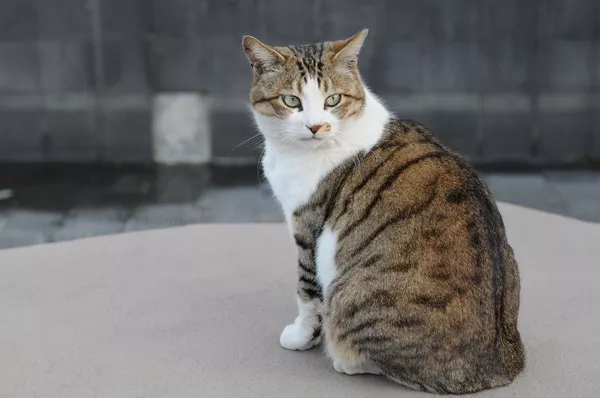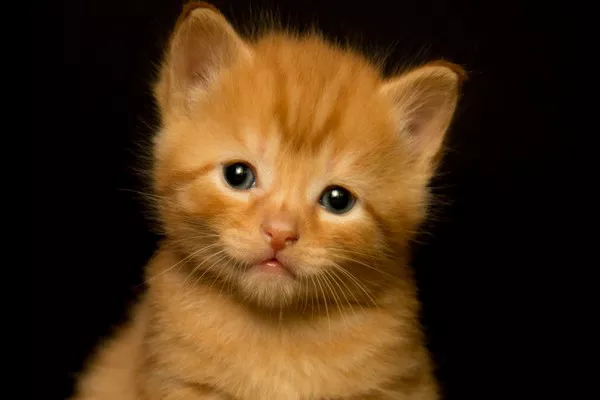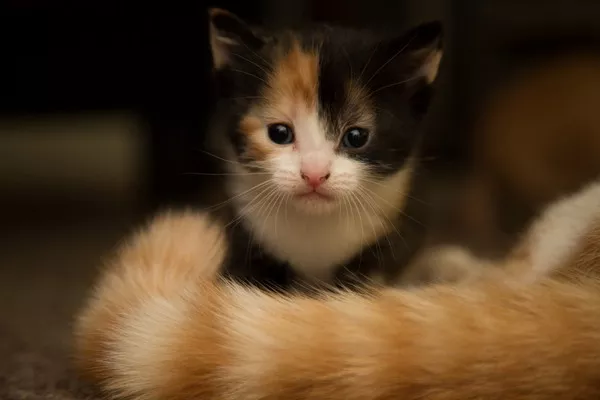Cats, with their enigmatic and captivating eyes, often capture our hearts with just a gaze. However, lurking in the shadows is a potentially sight-stealing condition known as glaucoma. Glaucoma in cats is a serious eye disorder that requires prompt attention and understanding. In this article, we’ll delve into the intricacies of feline glaucoma, exploring its causes, symptoms, diagnosis, treatment options, and preventive measures to safeguard your beloved feline friend’s vision.
Unveiling the Causes of Feline Glaucoma
1. The Anatomy of the Eye: To understand glaucoma, it’s important to grasp the basic anatomy of a cat’s eye. Glaucoma primarily involves the increased pressure within the eye, which can lead to irreversible damage to the optic nerve.
2. Primary vs. Secondary Glaucoma: Glaucoma in cats can be categorized into primary and secondary types. Primary glaucoma is hereditary and usually affects both eyes, while secondary glaucoma results from underlying conditions like eye trauma, inflammation, or tumors.
Recognizing the Subtle Symptoms
1. Sneaky Onset: Feline glaucoma is often referred to as the “silent thief of sight” due to its gradual progression and subtle symptoms. Cats are known to mask discomfort, making early detection a challenge.
2. Common Indicators: Watch out for signs such as dilated pupils, cloudy corneas, increased tearing, squinting, redness, a visible third eyelid, and changes in behavior such as reluctance to play or avoiding bright lights.
Seeking Timely Diagnosis
1. Veterinary Examination: If you suspect your cat might have glaucoma, consult a veterinarian promptly. A thorough eye examination, including measuring intraocular pressure, is crucial for accurate diagnosis.
2. Tonometry and Gonioscopy: Tonometry measures the pressure inside the eye, while gonioscopy assesses the drainage angle of the eye. These tests aid in determining the type of glaucoma and guiding treatment decisions.
Navigating Treatment Options
1. Management of Primary Glaucoma: Primary glaucoma often requires a multi-faceted approach to preserve vision. Treatment may involve medications to lower intraocular pressure, anti-inflammatories, and occasionally, surgery to improve fluid drainage.
2. Addressing Secondary Glaucoma: For secondary glaucoma, treating the underlying cause is paramount. Once the underlying issue is resolved, intraocular pressure may normalize, potentially preserving vision.
Surgical Intervention and Enucleation
1. Surgical Options: In cases where conservative measures are insufficient, surgical options like laser therapy, cycloablation, or drainage implants may be considered to manage glaucoma.
2. Enucleation: In severe cases where glaucoma has led to unbearable pain or complete loss of vision, enucleation (removal of the eye) may be the most humane choice to alleviate suffering.
Preventive Measures and Lifestyle Considerations
1. Genetic Screening: If you have a breed predisposed to glaucoma, inquire about genetic testing when obtaining your cat. Early identification of potential carriers can aid in responsible breeding practices.
2. Regular Veterinary Checkups: Regular veterinary visits can help detect eye issues early. Catching glaucoma in its early stages allows for more effective management and better outcomes.
3. Protecting the Eyes: Take precautions to protect your cat’s eyes from trauma, especially if they have one functioning eye. Use soft materials to cushion sharp corners and edges around the home.
Monitoring and Ongoing Care
1. Lifetime Commitment: Managing glaucoma requires a long-term commitment. Regular checkups, medication administration, and ongoing monitoring are essential for the well-being of your cat’s remaining vision.
2. Quality of Life: While glaucoma is a serious condition, many cats adapt well to changes in vision. Your cat’s quality of life remains a priority, and your veterinarian can provide guidance on enhancing their comfort.
See Also: 5 Most Common Illness in Cats
Conclusion
In conclusion, glaucoma poses a significant threat to a cat’s vision and overall well-being. Early detection, accurate diagnosis, and timely intervention are crucial for preserving sight and providing your feline companion with the best possible quality of life. Whether it’s primary or secondary glaucoma, understanding the causes, recognizing subtle symptoms, and seeking professional veterinary care are vital steps in ensuring your cat’s ocular health. By staying vigilant, educating yourself about preventive measures, and committing to ongoing care, you can stand as a steadfast guardian in the face of this sight-stealing condition, helping your beloved cat continue to see the world through those captivating and enigmatic eyes.

